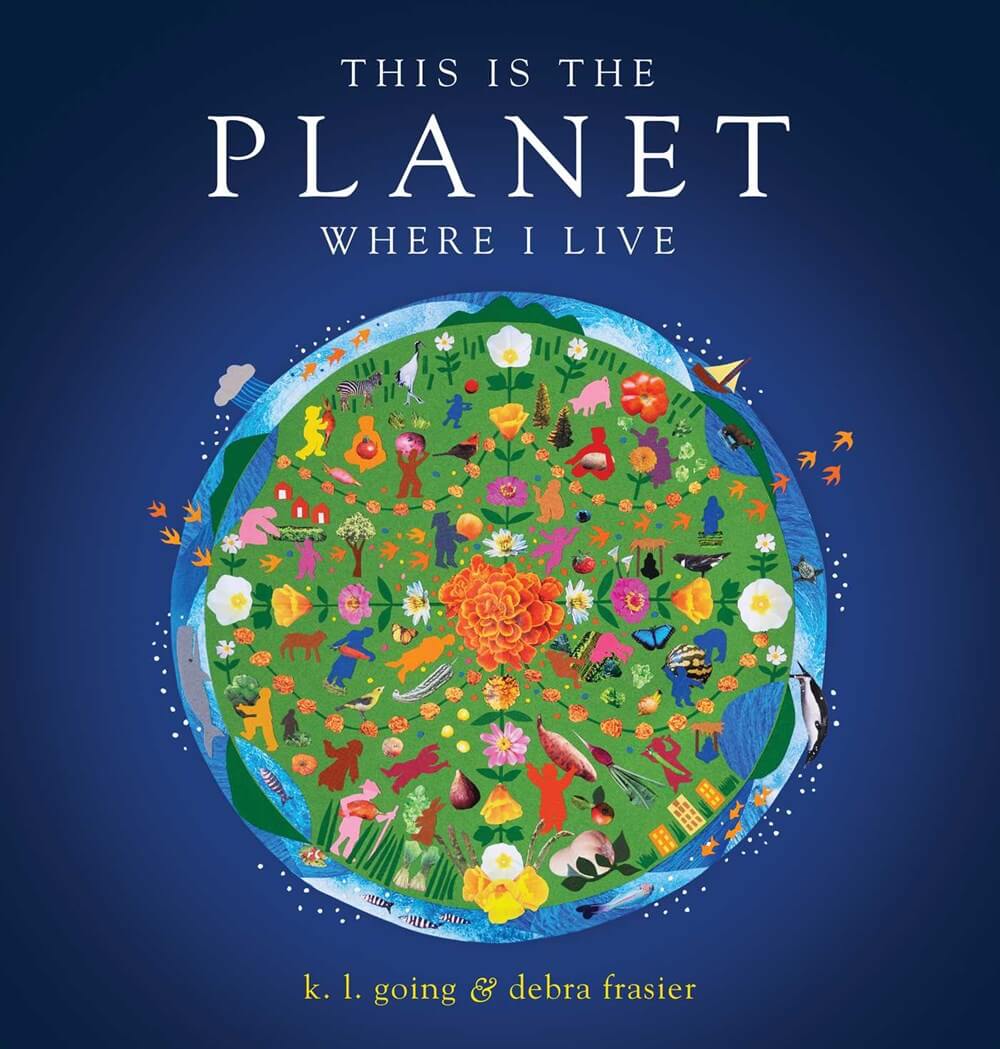“I could see why so many stories were set in lighthouses,” thinks Julia, the titular narrator of Julia and the Shark, upon reaching her family’s unusual new home for the summer. “It’s a good place for adventures even before you go inside.”
In this illustrated middle grade novel, award-winning British writer Kiran Millwood Hargrave (The Mercies, The Way Past Winter) sweeps readers off to an intriguing setting: the island of Unst, the northernmost of the Shetland Islands, far beyond Scotland. Julia, her parents and her cat, Noodle, have moved here from their home in Cornwall. They’ll live at the lighthouse, where Julia’s father has been hired to program the light to shine automatically, eliminating the need to employ a lighthouse keeper.
Julia’s Mum is excited for their Shetland summer too, since she’s a marine biologist and hopes to spot the elusive Greenland shark in the frigid waters off the island. The sharks have lifespans of several hundred years, and as Mum tells Julia, “They seem to be moving so slowly they can actually slow time down. And some researchers believe that we can find out what causes this, and use it to slow time down for humans, too.” Mum’s interest is deeply personal, as Julia’s grandmother died of dementia.
As the summer continues, Julia and her father notice that Mum’s behavior is growing increasingly erratic. Hargrave realistically portrays Mum’s periods of mania, followed by deep depressions, and conveys Julia’s confusion and worry that her mother’s shifting moods are somehow her fault. When Mum attempts suicide and is hospitalized, Julia sets off to find a Greenland shark all on her own, but the quest soon puts her in grave danger.
Hargrave uses the remote Shetland setting to great advantage while skillfully exploring themes of parental mental illness, bullying, the natural world and scientific discovery. The recurring motif of the shark lends environmental interest and a touch of mysticism to the story, as the shark becomes a symbol of success, redemption and healing for both Julia and her mother.
Illustrations by Tom de Freston, Hargrave’s husband, memorably enhance the novel. De Freston uses a limited color palette of black, white, gray and bright yellow to capture the swirling sea and the vastness of the stars above the island and its lighthouse. In addition to visualizing settings and scenes, de Freston also vividly evokes Julia’s tumultuous emotions, whether she’s having a sleepless night worrying about Mum or fighting for her life in the storm-tossed waves.
Julia and the Shark is a riveting, dramatic tale in which prose and pictures are perfectly paired.


























